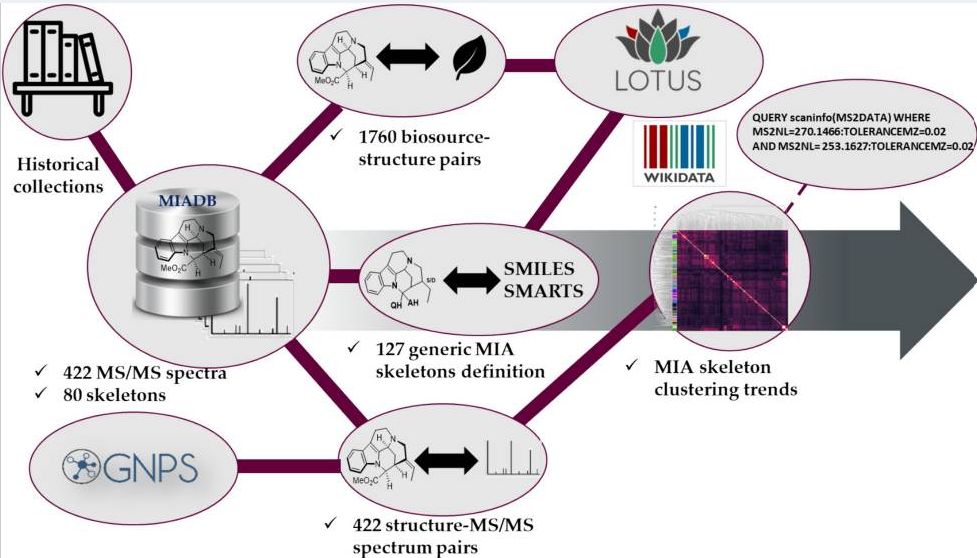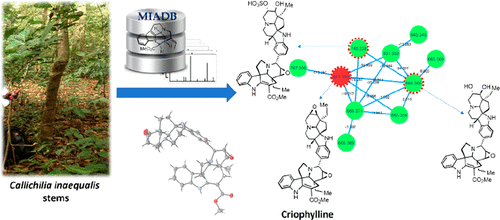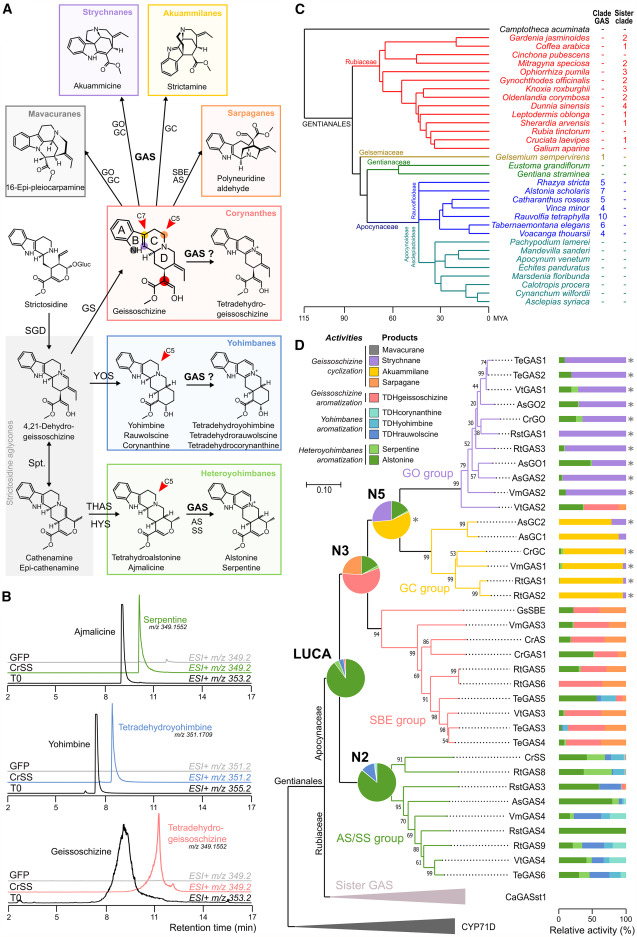Cuello C, Jansen HJ, Abdallah C, Zamar Mbadinga DL, Birer Williams C, Durand M, Oudin A, Papon N, Giglioli-Guivarc'h N, Dirks RP, Jensen MK, O'Connor SE, Besseau S, Courdavault V. Heliyon. 2024 Mar 14;10(6):e28078.
doi: 10.1016/j.heliyon.2024.e28078.
Specialized metabolites possess diverse interesting biological activities and some cardenolides- and monoterpene indole alkaloids- (MIAs) derived pharmaceuticals are currently used to treat human diseases such as cancers or hypertension. While these two families of biocompounds are produced by specific subfamilies of Apocynaceae, one member of this medicinal plant family, the succulent tree Pachypodium lamerei Drake (also known as Madagascar palm), does not produce such specialized metabolites. To explore the evolutionary paths that have led to the emergence and loss of cardenolide and MIA biosynthesis in Apocynaceae, we sequenced and assembled the P. lamerei genome by combining Oxford Nanopore Technologies long-reads and Illumina short-reads. Phylogenomics revealed that, among the Apocynaceae whose genomes have been sequenced, the Madagascar palm is so far the species closest to the common ancestor between MIA producers/non-MIA producers. Transposable elements, constituting 72.48% of the genome, emerge as potential key players in shaping genomic architecture and influencing specialized metabolic pathways. The absence of crucial MIA biosynthetic genes such as strictosidine synthase in P. lamerei and non-Rauvolfioideae species hints at a transposon-mediated mechanism behind gene loss. Phylogenetic analysis not only showcases the evolutionary divergence of specialized metabolite biosynthesis within Apocynaceae but also underscores the role of transposable elements in this intricate process. Moreover, we shed light on the low conservation of enzymes involved in the final stages of MIA biosynthesis in the distinct MIA-producing plant families, inferring independent gains of these specialized enzymes along the evolution of these medicinal plant clades. Overall, this study marks a leap forward in understanding the genomic dynamics underpinning the evolution of specialized metabolites biosynthesis in the Apocynaceae family, with transposons emerging as potential architects of genomics restructuring and gene loss.




